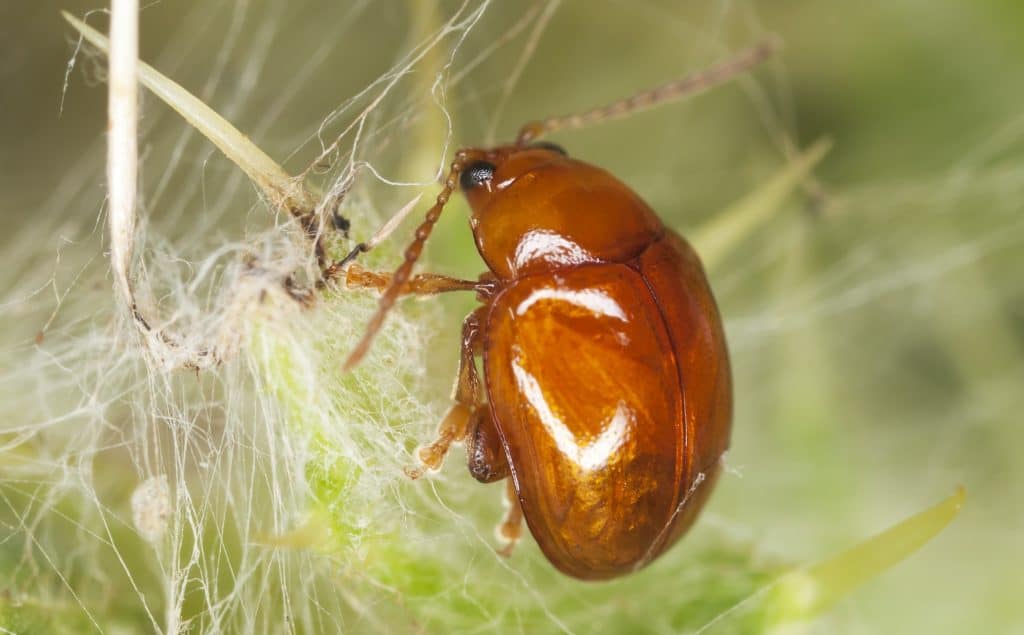Most people think that fleas are the only insects that are so tiny, bouncy, and bitey. And it’s absolutely normal as it’s really hard to tell them from any other minute insect kinds only because of their size.
The truth is that there are quite a lot of bugs that look like fleas, which can cause problems around your household. In this brief guide, I will help you to learn how to tell one super small bug from another.
Why is this important? Well, it’s the only way to select the right remedy against a flea-like bug infestation.
The Guide Into Bugs That Look Like Fleas
Below are details about each flea-like insect and simple descriptions of the major differences and hazards.
Fleas vs gnats
Unlike fleas, gnats are winged insects that eat plants and fungi. At the same time, they can feed on blood too, if there’s no other food source around. That’s why they can get into your house if they find it easier to find fungi or blood inside. An infestation can be a signal of leakages and fungi in the basement or wall cavities.
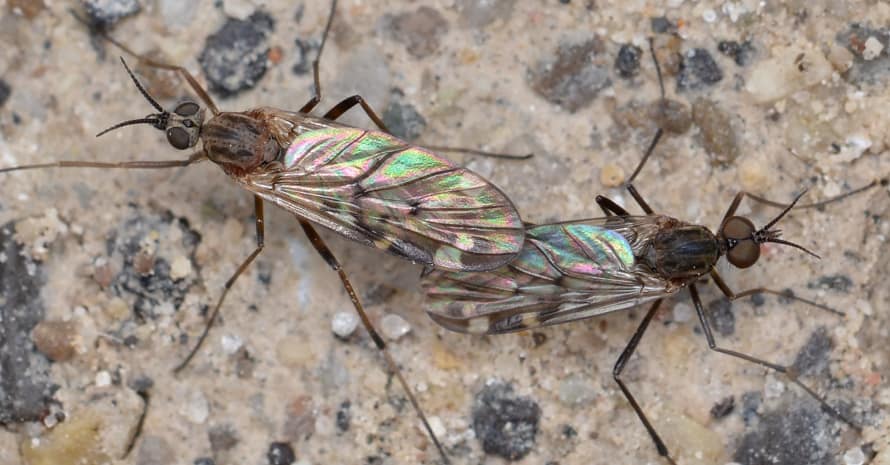
Their size can be the same as that of fleas or up to 5 times larger. They also have complex eyes, which makes them totally different from fleas. Gnat bites are quite big, red, and itchy. You can easily confuse them with flea bites. Infected bites swell and may have a tiny yellowish core.
Flea vs bed bug
Bed bugs are small brownish insects with flattened bodies. Similar to fleas, they can bite you and your pets and cause awful itchiness. It’s very easy to confuse this one with a flea as the size and body type is very similar.
Moreover, they feed only on blood and have wings! The most reliable way to tell one bug from another is to watch how they behave.
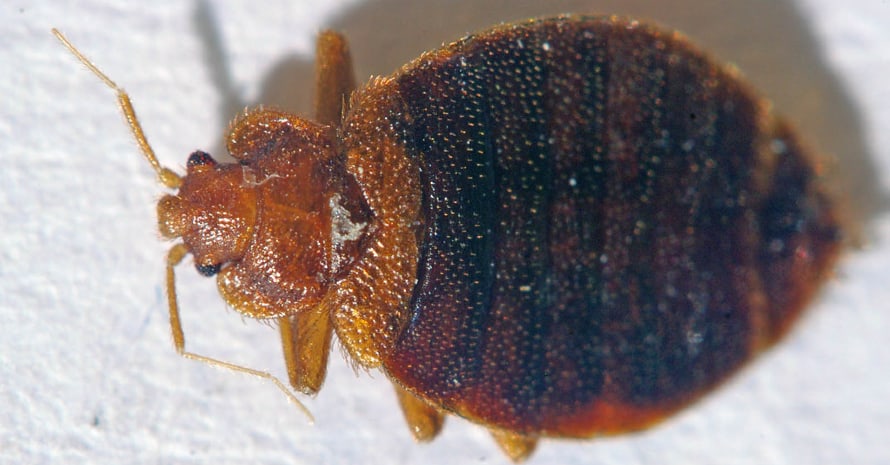
Unlike fleas, bed bugs don’t jump or fly. Next, take a look at their eggs in the place of an infestation. Flea eggs are pearl white, while bed bug eggs are almost black.
These are the two most effective ways to find bed bugs and identify them. You can also check out the bites. Bed bug bites look like flat red welts in clusters or random places, while flea bites are more like clustered mosquito bites. They can look totally the same too, though.

Flea vs tick
Unlike fleas, ticks are arachnids and can have up to 8 legs, but they’re also tiny, brown (dark-brown or grey), and feed exclusively on blood. You should remember that ticks are not likely to infest your house, but can spread around your garden and lawn during warm months.
This doesn’t mean that they are not dangerous, though. Ticks spread serious diseases, including Rocky Mountain spotted fever and Lyme disease.
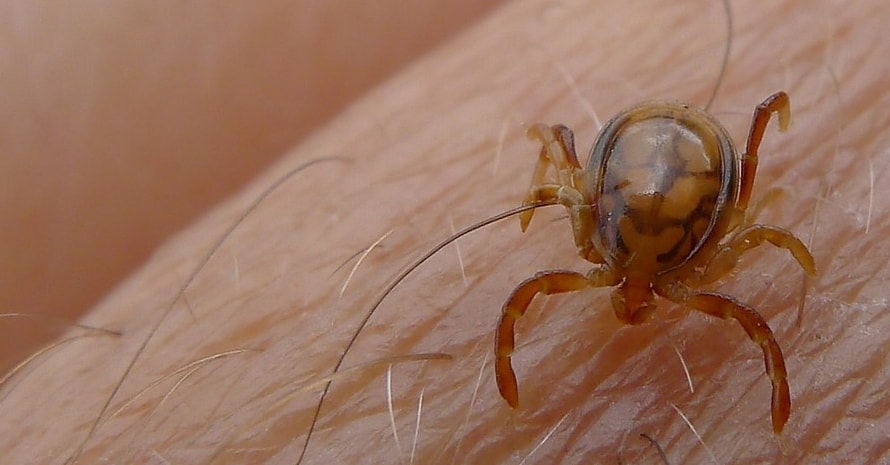
Similar to fleas, they can suck on your skin, but they also “dig into” your skin with their heads and stay long until they suck enough blood. When a tick gets large, it’s impossible to confuse it with any other insect.
Its body gets big like a small grain and gets easy to find on a human body. If you find one or more ticks on your pets or family members, remember about proper tick removal technique to avoid any leftovers under the skin.
Flea vs lice
Both fleas and lice are very small insects without wings that feed on animal and human skin. Similar to fleas, lice can chew skin and cause terrible itchiness, but they don’t suck blood. Everything they need is skin debris.
Nevertheless, they can infect carriers with tapeworms, various bacteria, and cause significant hair loss. That’s why they are confused with fleas so often.
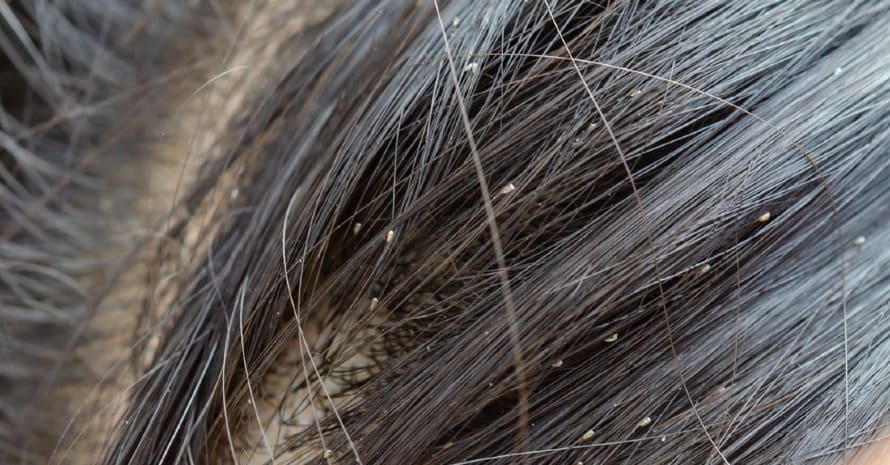
The main difference that helps identify lice is that they cannot jump to travel from animal to animal. They need animals to contact directly to travel.
That’s why lice infestations are very rare amongst pets that don’t contact random animals outside and very common for stray animals (especially young and old ones). You should check your pet as soon as possible when you notice that it suffers from itching and apply the continuous preventive treatment.
Flea vs fruit fly
Drosophila Melanogasters (fruit flies) can be confused with fleas because of their small size (⅛-inch) and 3 pairs of legs. The main visual clue is that flies have wings. Due to this they can fly around your property and swarm in the air near contaminated places.
In most cases, you can see them on and around rotten fruits and vegetables. However, sometimes, they also start breeding in dirty bathrooms and other heavily contaminated sites where temperature varies from 53°F to 95°F.

Fruit flies don’t bite people and animals and spread diseases very rarely, so they are not considered very dangerous. However, the contaminated sites where they appear may be a real health hazard and a hotbed for salmonella, E. coli, and listeria. Flies can spread these germs all around the house and poison your food if it’s within reach.
Springtails vs fleas
Unlike fleas, springtails are non-aggressive nuisance insects that can’t bite anyone and anything. However, it’s a type of insect that jumps like fleas. Every springtail has a furcula, which is a spring-loaded tale that lets them jump high in the air.
This aspect is simultaneously a reason to confuse them with fleas and a distinctive trait. If you manage to catch one, you will quickly notice the furcula and start looking for the right remedy.
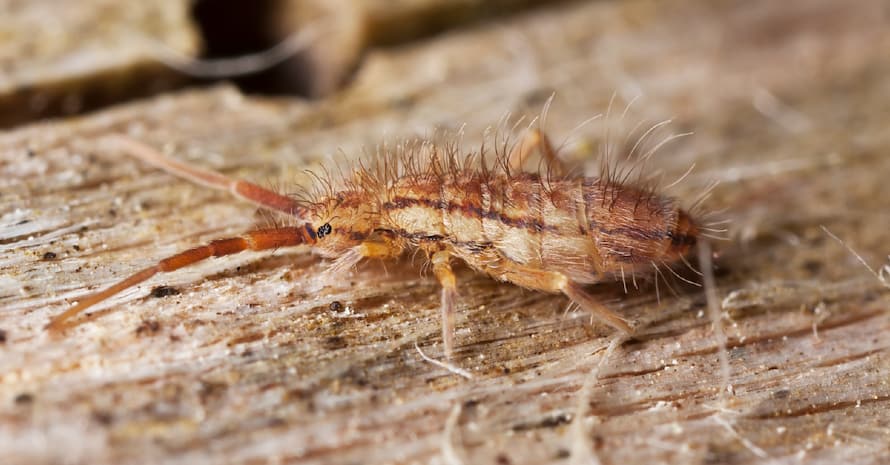
Fleas always get inside households on a human or animal carrier. Springtails usually appear in moist places, such as basements, spots under leaking pipes, where they eat fungi and mold. As you can see, these tiny bugs that jump are quite safe for anyone but can be a signal for you to inspect your house for leakages and mold. It can be quite dangerous, depending on the size and type, so don’t let it grow!
Carpet beetle vs flea
Young carpet beetles are quite small, but adults can be almost as big as ladybugs. They are usually covered in black, yellow, and white or black, blue, and white camouflage-type patterns, so it’s very easy to tell them from fleas.
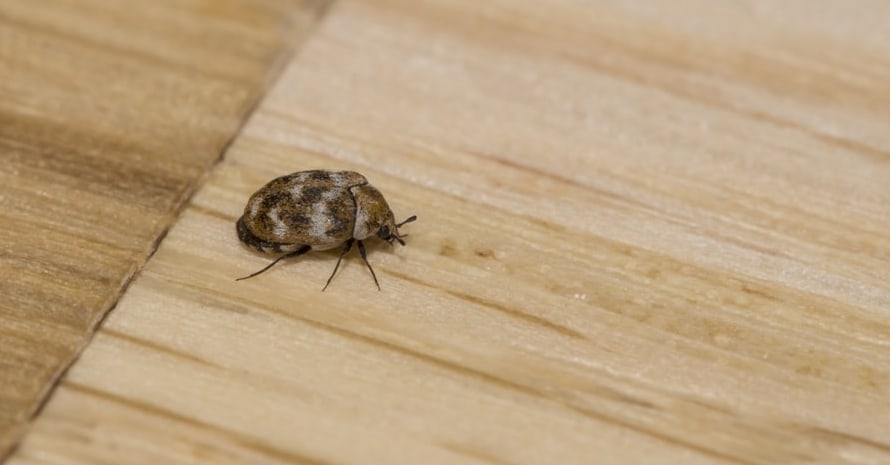
If you can’t see a bug yet, you can guess it by specific trace-like irritations over your body. These insects cannot bite us but can reach our bedding in search of food. As a result, they may accidentally crawl over you during the night and irritate your skin with tiny filaments. The rashes will usually look like paths and itch a bit.
Unfortunately, if this happens, you can be sure that your home is already heavily infested. Carpet beetle dermatitis appears only when allergens build up on your skin. It means that a bug must crawl at you multiple times until the effect becomes tangible.
[wpsm_box type=”green” float=”none” textalign=”left”]
Related Post:
- Best Flea and Tick Prevention Products
- How to Get Rid of Sand Fleas
- Best Flea Killer for Yard
- Do Flea Collars Work
- What Do Fleas Look Like
- Flea Exterminator Cost
[/wpsm_box]
FAQ on Bugs That Resemble Fleas
Here is a couple of brief replies on some of the most common questions about flea-like bugs that I receive from other readers.
Can bed bugs jump like fleas?
Fortunately, bed bugs don’t fly or jump. However, they can crawl quite fast on any surfaces, including walls, ceilings, floors, furniture, cloth, etc. This makes it quite difficult to spray the insecticide directly onto the bugs and helps them survive longer.
Do flea beetles bite?
Actually, flea beetles have nothing in common with fleas. It’s an agricultural pest that won’t harm your pets or your family members. These pests affect a variety of fruit and vegetable plants, including broccoli, kale, strawberry, potato, eggplant, and a dozen more.
Knowledge is Power
Fortunately, telling one bug from another is much simpler than it may seem. Now you know about all the differences in their appearance and behavior, so picking up the right treatment won’t be a problem. By the way, there are quite a lot of guides on how to get rid of fleas and tiny flea-like bugs on my blog, so keep reading.
Do you have any more questions on the topic? You’re welcome to ask me in the comments. If you know any other flea-like bugs, you’re welcome to tell about them below as well. Stay tuned for more useful pest-control information!
References:
- How to Find Bed Bugs (Stanford University Libraries):
https://swap.stanford.edu/20151016075101/https://www2.epa.gov/bedbugs/how-find-bed-bugs - Tick Removal (Centers for Disease Control and Prevention U.S. Department of Health & Human Services):
https://www.cdc.gov/ticks/removing_a_tick.html - Mold and Health (United States Environmental Protection Agency Stanford University Libraries):
https://swap.stanford.edu/20151013093120/http://www2.epa.gov/mold/mold-and-health

